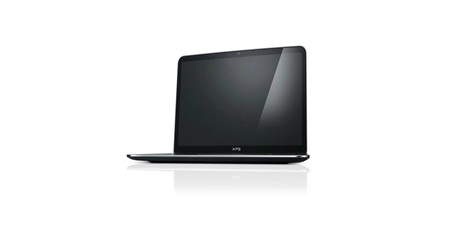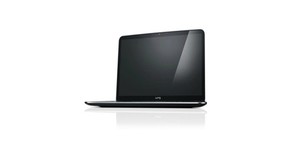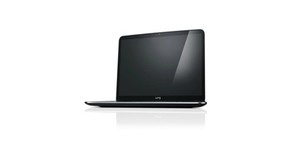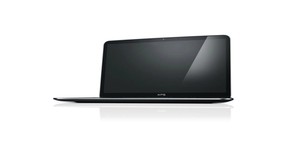
Market watcher Gartner has pointed to continued decline in the market for traditional PCs, claiming a 1.4 percent drop in shipments for the first quarter of the year - the 14th consecutive quarter of decline the company has recorded.
The explosion of interest in smartphone and tablet technology, devices which are typically cheaper than a traditional PC and yet can handle the majority of mainstream computing requirements such as communication apps, web browsing, and casual gaming, was bad news for the traditional PC market. Shipments of traditional PCs have been sliding for years, and while that decline has been slowing - driven, analysts claim, by a tailing off of interest in smartphone and tablet devices - sustained growth still seems to be a dim and distant memory.
Market watcher Gartner has released preliminary results for the PC market in the first quarter of 2018, and it's not great news: The company has recorded a 1.4 percent drop in shipments year-on-year, marking the 14th consecutive quarter of decline following a small uptick in shipments in the first quarter of 2012. The biggest contributor to a poor quarter, the company claims, was China with a 5.7 percent year-on-year drop in shipments, blamed on large enterprises delaying purchases and upgrades while awaiting guidance from the National People's Congress, while Asia Pacific (APAC) dropped 3.9 percent and the US 2.9 percent over the same period, slumps that were not offset by small growth in other regions including a 1.7 percent year-on-year increase for Europe, the Middle East, and Africa (EMEA).
For individual vendors, only the top four saw growth overall: According to Gartner's estimates, HP saw 2.8 percent growth, Lenovo 0.3 percent growth, Dell impressive 6.5 percent growth, and Apple 1.5 percent growth. Asus and Acer, meanwhile, did poorly indeed, recording 12.5 percent and 8.6 percent declines respectively.
One potential contributing factor in the continued decline of traditional PC sales is, few will be surprised to read, higher average selling prices (ASPs) driven in no small part by the scarcity and subsequent increase in cost of DRAM parts. 'In contrast to other DRAM-related price spikes, PC vendors are not reacting by reducing DRAM content. Rather they have passed the cost increase to consumers,' explains principal analyst Mikako Kitagawa. 'With fewer people buying new machines, manufacturers need to get the highest profit margin from each sale. To do that, they are raising the selling points and focusing on customer experience or perception of value.'
Gartner has not included predictions for the coming quarter in its preliminary report.

MSI MPG Velox 100R Chassis Review
October 14 2021 | 15:04








Want to comment? Please log in.